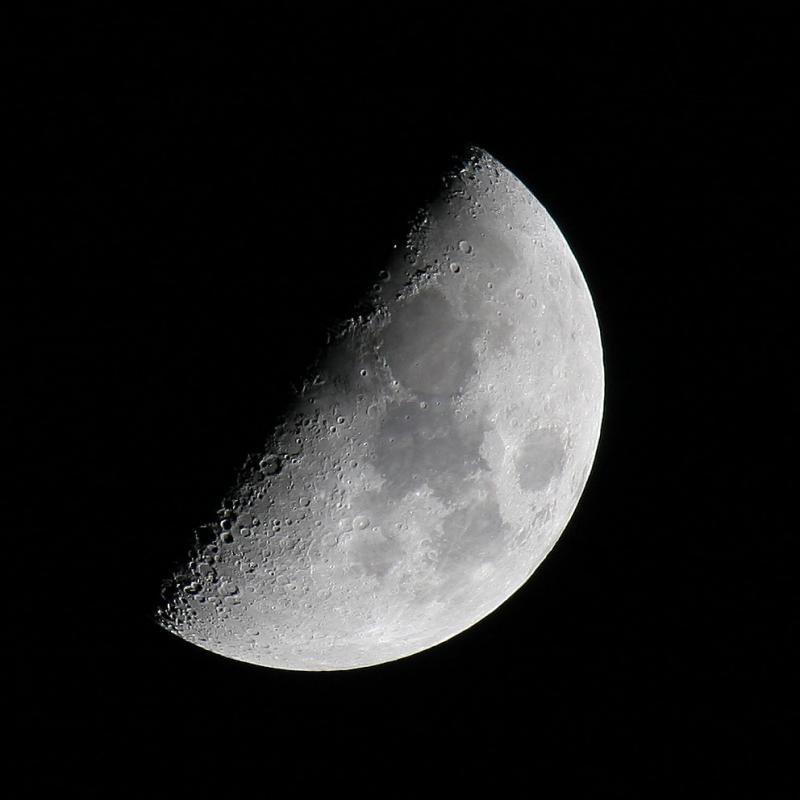You are using an out of date browser. It may not display this or other websites correctly.
You should upgrade or use an alternative browser.
You should upgrade or use an alternative browser.
Video showing W1000-9 detection range
- Thread starter TEXASLAWMAN
- Start date
TEXASLAWMAN
Lone Star Boars Owner
LSB TURKEY BUZZARD PRESERVATION SOCIETY
SUS VENATOR CLUB
LoneStarBoars Supporter
I'm trying to play nice they won't let me. It's all Dave's fault he started it! LMAO
DaveABQ
Albuquerque, NM
Wasn't me, but having bachelor's and master's in engineering makes me pretty anal. If the thread name was thermal capability, then showed it as an example, my mind might have calculated different. Brian is right though, optical magnification does make a big difference in my opinion. Ever play with a large zoom on a DSLR?
My X150 will see 10 miles, well ok, you can't interpret anything other than it being one color, but it's there lol
My X150 will see 10 miles, well ok, you can't interpret anything other than it being one color, but it's there lol
The magnification does help but the size of the lens does just as much for the W-1000's detection/recognition and identification range. It's like any scope, you want a large objective if you want to bring in more light, except with thermal the light is heat. Also the fact that it is a fixed 3X optical magnification also plays a part. Most scopes have their native resolution at 1X so the more you magnify it the more the image degrades. Example- The FLIR T-70 is a 640x480 system at 0.5X magnification but the L3 LWTS is the same resolution at 1X, take the T-70 to 1X to match the LWTS and it basically becomes a 320x240 resolution. Not only size but the heat source also plays a part in detection, I can see smaller piglets better and at further distances than I can see full grown coyotes because their fur is an insulator.
a picture of the moon I took several years ago, surely wasn't 1x, which would be my eyes

But you also didn't take it with an iPhone camera that has very small objective and only digital zoom. ;)
DaveABQ
Albuquerque, NM
Much more to it than the size of the lens, the heart of a digital camera or a thermal imager is a big factor in the quality of the image....
As with a scope, camera, or whatever uses optics, the quality of the lens makes a big difference. How the thermal imager processes the image is another factor, one which, like computer processors, is making leaps and bounds in the industry.
A digital camera uses a CCD array to process the image and of course different CCD's have much different resolution capabilities than others.
In the basic sense, thermal imagers use an infrared detector phased array of elements to create a temperature pattern/thermogram. The temperature pattern is then translated to a signal processor and basically sent to the display so that you can view. The detector array and signal processor technology is advancing, hence why we see better thermal scopes as technology advances.
As with a scope, camera, or whatever uses optics, the quality of the lens makes a big difference. How the thermal imager processes the image is another factor, one which, like computer processors, is making leaps and bounds in the industry.
A digital camera uses a CCD array to process the image and of course different CCD's have much different resolution capabilities than others.
In the basic sense, thermal imagers use an infrared detector phased array of elements to create a temperature pattern/thermogram. The temperature pattern is then translated to a signal processor and basically sent to the display so that you can view. The detector array and signal processor technology is advancing, hence why we see better thermal scopes as technology advances.
TEXASLAWMAN
Lone Star Boars Owner
LSB TURKEY BUZZARD PRESERVATION SOCIETY
SUS VENATOR CLUB
LoneStarBoars Supporter
I'm no doctor or engineer I'm just a redneck that likes to hunt and can only determine what my eye sees. With the other thermals I had there was nothing. With the W1000 there were cows and a lot of them and I was impressed. All I was trying to do is show people what it looks like. This whole thread has been derailed.
I agree that the core, display, lens, magnification and other parts all work together. Never said they didn't. A point was made about magnification being a reason it could detect at greater ranges. I said it wasn't only the magnification that gives the w-1000 it's range capabilities.
DaveABQ
Albuquerque, NM
True guys. I like the way the industry is going. Competition leads to better technology. Think a few years back, none of us had thermals and now the competition and technology had made them affordable.
Been saying for awhile now that thermal and digital technology are going to be in the rise.
Wait till we have affordable optical zoom in thermal scopes that is compact. It's coming, a bit different as thermal is operating in the infrared spectrum and is affected by environmental/atmospheric condition differently. I remember working infrared with the AF, some amazing stuff out there.
Been saying for awhile now that thermal and digital technology are going to be in the rise.
Wait till we have affordable optical zoom in thermal scopes that is compact. It's coming, a bit different as thermal is operating in the infrared spectrum and is affected by environmental/atmospheric condition differently. I remember working infrared with the AF, some amazing stuff out there.
DaveABQ
Albuquerque, NM
This whole thread has been derailed.
Not really, just added some information, the rail it was on only had one course, but then there was a switch in the tracks, it went right
TEXASLAWMAN
Lone Star Boars Owner
LSB TURKEY BUZZARD PRESERVATION SOCIETY
SUS VENATOR CLUB
LoneStarBoars Supporter
I'm giving Dave and Brian a wedgie next time I see them!
Lets just remember that field tests and number of kills using a product along with working with a variety of products trumps the specs and marketing hype every time. We are all going o favor what we have and works best for us rather than following a Company line.
My brain is starting to hurt!!

